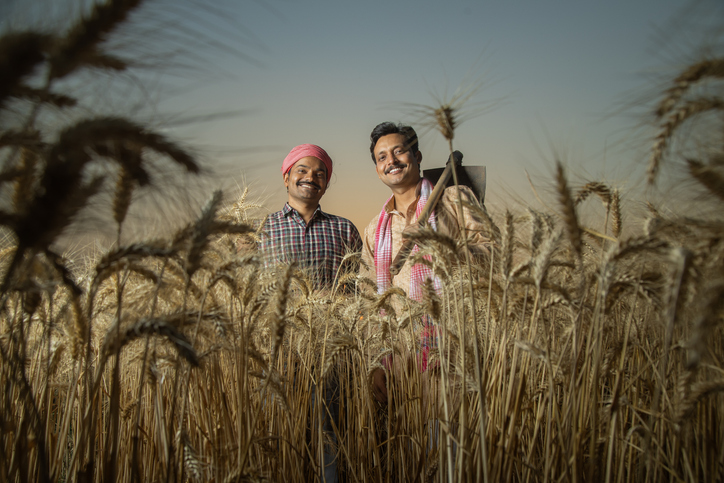Fertilizers play a crucial role in enhancing agricultural productivity and have been significant in helping India move closer to self-reliance in food production in the past few years. Along with quality seeds and reliable irrigation, they are one of the key factors driving higher crop yields.
Over the last decade, India’s fertilizer industry has seen steady growth. The total fertilizer production has increased from 385.39 Lakh Metric Tonnes (LMT) in 2014–15 to 503.35 LMT in 2023–24. This progress reflects the impact of focused government reforms and investments in the sector.
In the year 2023–24, India recorded its highest-ever domestic production of urea, exceeding 314 lakh metric tonnes (LMT). Furthermore, six new urea plants have become operational across the country over the past six years. This growth reflects the government’s strong emphasis on expanding the fertilizer production base and reducing dependency on imports.
To provide a push to India’s fertilizer industry and support the country’s farmers, the government has taken several initiatives over the last decade.
The “Nutrient Based Subsidy (NBS)” scheme was launched on April 1, 2010, for phosphatic and potassic fertilizers. Under this scheme, a fixed subsidy is provided for subsidised P and K fertilizers, including di-ammonium phosphate, based on their nutrient content. The subsidy rates are decided on an annual or bi-annual basis.
Besides the NBS scheme, the “One Nation One Fertilizer” scheme was introduced to bring uniformity in branding and ensure transparency in the fertilizer sector. Under this scheme, a single brand name, “Bharat,” is used for all subsidised fertilizers across the country.
The government has further initiated the revival and new investment in fertilizer plants, under which 76.2 Lakh Metric Tonnes per Annum (LMT) were added through various projects under the New Investment Policy (NIP) 2012. A total of ₹894.80 crore was allocated as Interest Free Loan (IFL) for Gorakhpur, Barauni, and Sindri units.
To promote the use of drones in agriculture, Prime Minister Narendra Modi launched the Viksit Bharat Sankalp Yatra (VBSY) on 15 November 2023. The initiative focuses on teaching farmers how to use drones to spray nano and water-soluble fertilizers across various crops.
“Namo Drone Didi” Programme was also launched to provide drones to 15,000 women from Self-Help Groups (SHGs) between 2023–24 and 2025–26. The initiative is set to promote the use of drones in agriculture, particularly for spraying nano Fertilizers and pesticides. It will further enhance efficiency, increase crop yield, and help reduce operational costs for farmers.
India’s fertilizer strategy during the “Amrit Kaal” focuses on balanced use of nutrients, sustainable practices, affordability, and innovation. All the efforts made by the government are designed to empower farmers, protect the environment, and reduce dependency on imports. The aim is to ensure that Indian agriculture remains strong and self-reliant while contributing to food security and economic progress.










